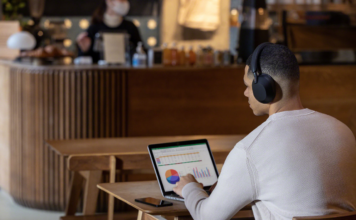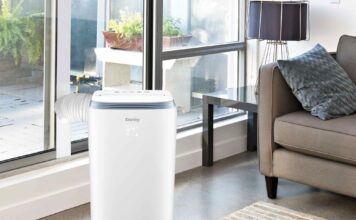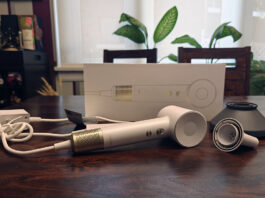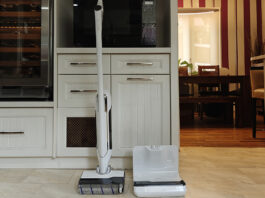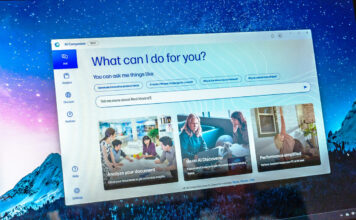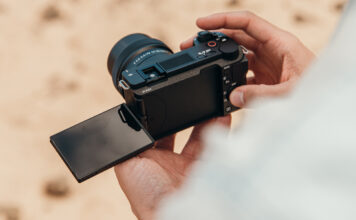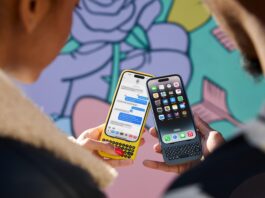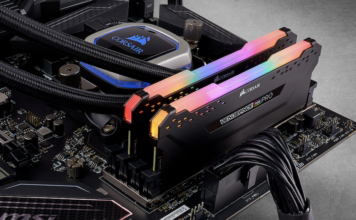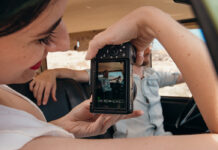
Do you know anyone who’s a Google Glass Explorer? If you haven’t actually met someone wearing Google’s high tech, augmented reality glasses, chances are you’ve heard or read about the experience from one of the thousands of Google Explorers currently beta testing the cutting edge of wearable technology. With its latest expansion of that Explorer program —offering Google Glass in a one-day sale— and the partnership of eyeglass frame maker Luxottica, Google’s cutting edge AR glasses continue to move closer to an inevitable retail launch. Until that time arrives, you can watch videos like the one shown here, and read further to learn about Google Glass.
Augmented Reality Glasses
Wearables are hot. We all know that. Whether you’re talking fitness trackers or smart watches, the category is exploding.
But Google Glass has the potential to be even cooler than these wrist-mounted devices. Google Glass is a computer you wear on your face, augmented reality (AR) glasses.
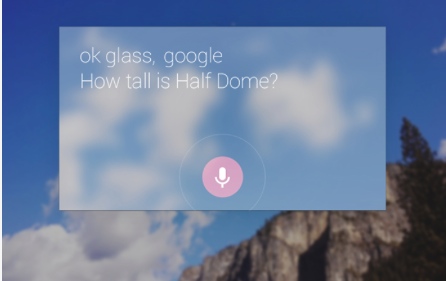
This means a tiny computer and projector mounted to an eyeglass frame, with the ability to superimpose information over one lens of the glasses —a heads up display. When you look at something, Google Glass can project information that adds value (that’s where the augmented reality part comes in). For example, if you look at a restaurant, Google Glass could be displaying ratings for the food and service from social media sites.
Google Glass also includes a built-in camera and camcorder, allowing the wearer to photograph or record what they’re looking at. Sound is delivered via a bone conduction transducer that lets the wearer “hear” without a speaker broadcasting the sound.
A touchpad built into the arm of Google Glass is used to control functions, while some features respond to voice commands.
You’ll Need a Smartphone
Google Glass is a technological marvel. Consider what has to be packed into the frame of a pair of glasses: the computer, storage, a Bluetooth receiver, Wi-Fi, a camera, a 640 x 360 pixel projector, control pad and a battery. All of this weighs just 50 grams.
However, there isn’t room or battery power for a cellular radio or a high horsepower CPU. So Google Glass piggybacks on a smartphone (which it connects to via Bluetooth) for all these extras.
From Google X Project to Explorer
Google Glass had its start in the famous Google X Lab, the same secretive division that’s been working on driverless cars and balloon-delivered Internet.

In 2012, Google Glass made its first public appearance on Google co-founder Sergey Brin, then was offered to developers in 2013 after Google’s I/O conference. Next up was the Explorer program where thousands of people were invited to apply for a limited number of Google Glass Explorer positions, which gave them Google Glass to wear and test out in real world conditions. The ranks of Explorers grew considerably after a one-day open purchase of Google Glass on April 15.
Which brings us to today. Those Google Glass Explorers have shown many of the cool things Google Glass is capable of.
 Doctors are using the AR glasses for a first-person view of surgery, navigating city streets is turning into a killer app, chefs are using Glass for hands-free access to recipes and there’s an app that translates the contents of a sign just by looking at it. Google Now makes the most of the heads up display to serve up location-aware reminders.
Doctors are using the AR glasses for a first-person view of surgery, navigating city streets is turning into a killer app, chefs are using Glass for hands-free access to recipes and there’s an app that translates the contents of a sign just by looking at it. Google Now makes the most of the heads up display to serve up location-aware reminders.
Add in the new frame options (Luxoticca makes well-known brands such as Ray-Ban) and Google Glass is something I’m really looking forward to. As a non-Explorer, I’ll have to wait a while yet, just like everyone else. In the meantime, there’s a world of wearable technology available now at Best Buy.


